Beyond Bees: Exploring the Vital Role of Other Pollinators in Agriculture and Ecosystems
Everyone knows of the importance of pollinators. And, of course everyone is familiar with the honey bee as one.
But, what other pollinators contribute to agriculture and the environment. There are other animals in our environment which are not only contributing, but are also providing a number of additional benefits to the environment and society in general.
So, which other pollinators are there in the environment?
How do they benefit our society and our environment?
What benefits are there to protecting these contributors, in addition to the plants and transferring pollen in an effort to help plants grow and seeds grow (fruits, trees, etc)?
These are some of the main pollinators, aside from the honey bee.
Butterflies
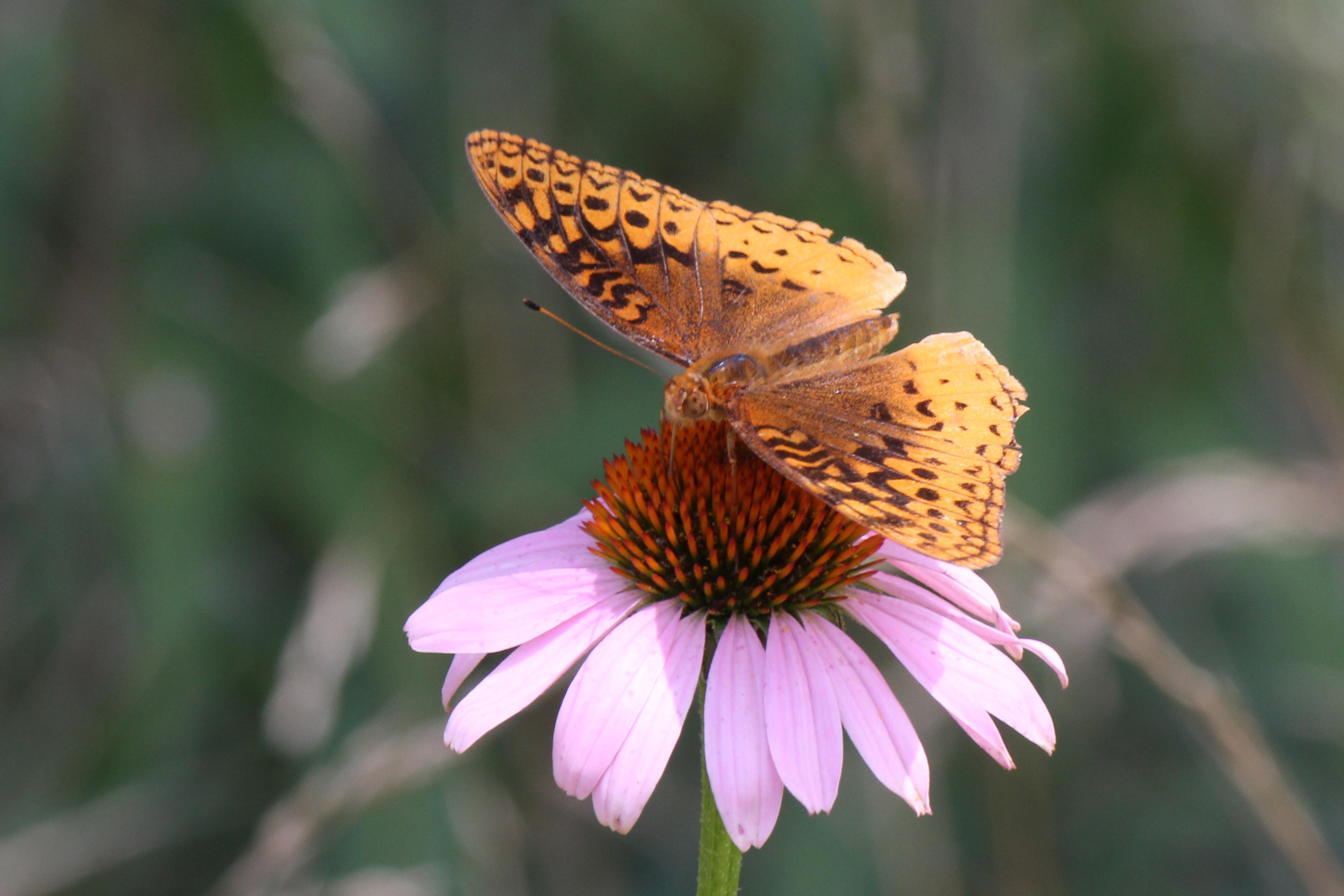
Yes, like the honey bee, butterflies are also known as one of the leading pollinators in our natural environment.
But, how?
Although they do not produce pollen, they do transfer it. Similar in the fashion to the way in which bees transfer the pollen, butterflies are pollinators in the sense that they step on to leaves, petals, and areas where the pollen has developed and infiltrated the plant/seed.
And, like the honey bee, the butterfly's feet and wings stick to the petals, leaves, and they pick up the pollen in these flowers/plants. From there, they fly to another flower or plant; this is the manner in which they are going to transfer pollen.
Bats

Another animal which is a leading pollinator is the bat.
Again, as with the above animals, the bats visit flowers, wind transfers pollen to their wings/feet/etc, and this is a simple manner in which the pollen is transferred.
The animal's unintended transfer by coming into contact with plants and seeds, allows them to transfer pollen, which is in turn going to help plants grow, seeds thrive, and new flowers and fruits to grow where the pollinator transfers the pollen to and from.
Birds & Insect Pollinators
Birds and insects are also among the leading pollinators which are found in our natural environment.
What benefits do they produce in the environment?
Well, the insect is a source of food for other animals, it helps maintain the natural balance in the ecosystem environment, and it is a pollinator which helps in the transfer of pollen from different plants and seeds.
Of course birds are also important to society and the environment which they thrive in. Birds not only produce food, eggs.
Plants depend on birds to transfer eggs/pollen, they consume a large quantity of insects, and they help to naturally recycle nutrients back into the environment which they are found in.
Although the honey bee is the leading pollinator, and is the most well known pollinator in our society due to the fact that they produce honey, there are other insects, animals, wind, and of course natural transfer of wind/rain, and the elements, which do help to transfer pollen from plants, trees, shrubs, and fruit or seeds.
With this in mind, knowing how to protect these animals, and to help them thrive, is essential to continual transfer, and allowing pollen to naturally lead to production and growth of fruit, new plants, and trees in our ecosystem.
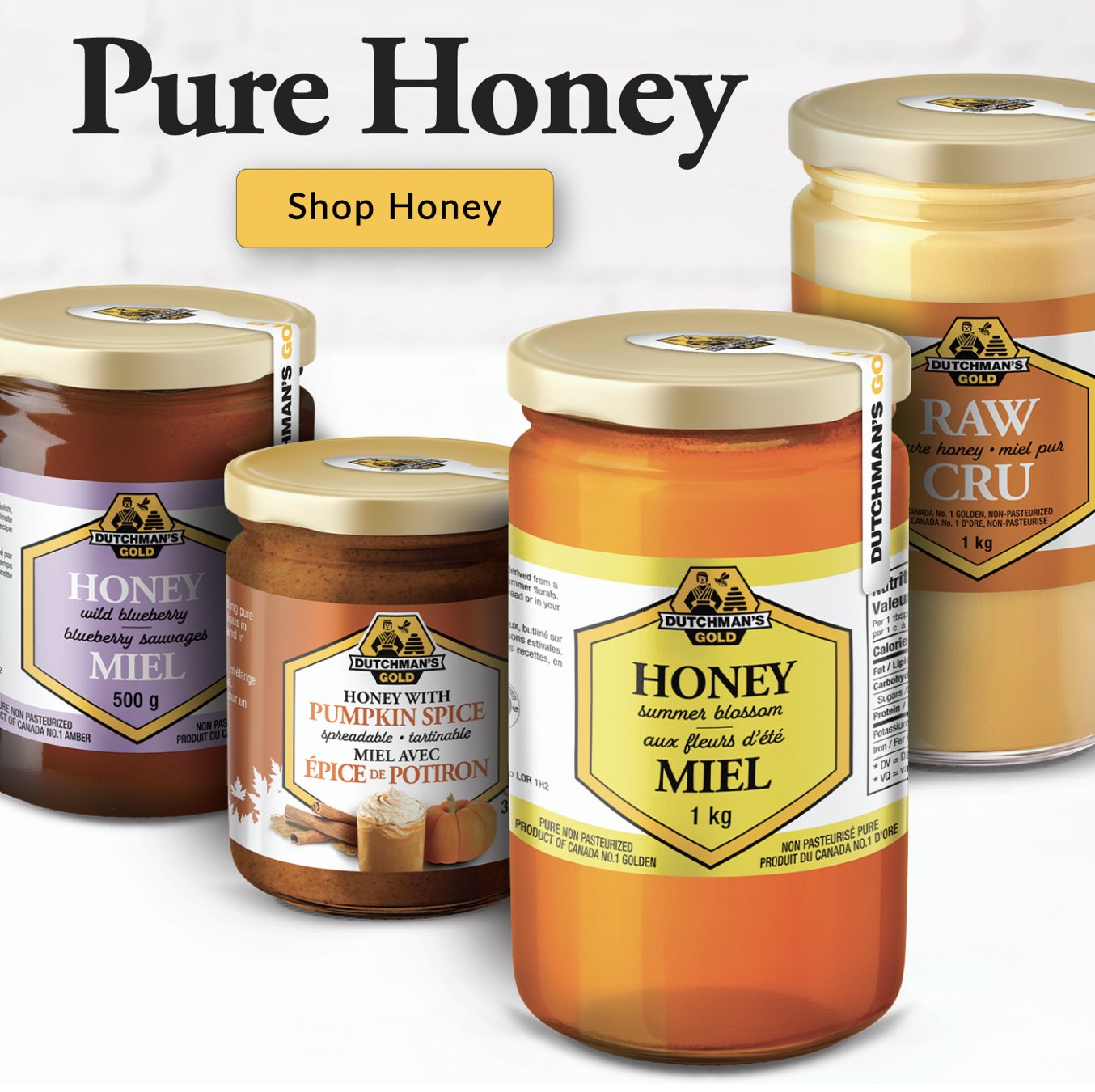
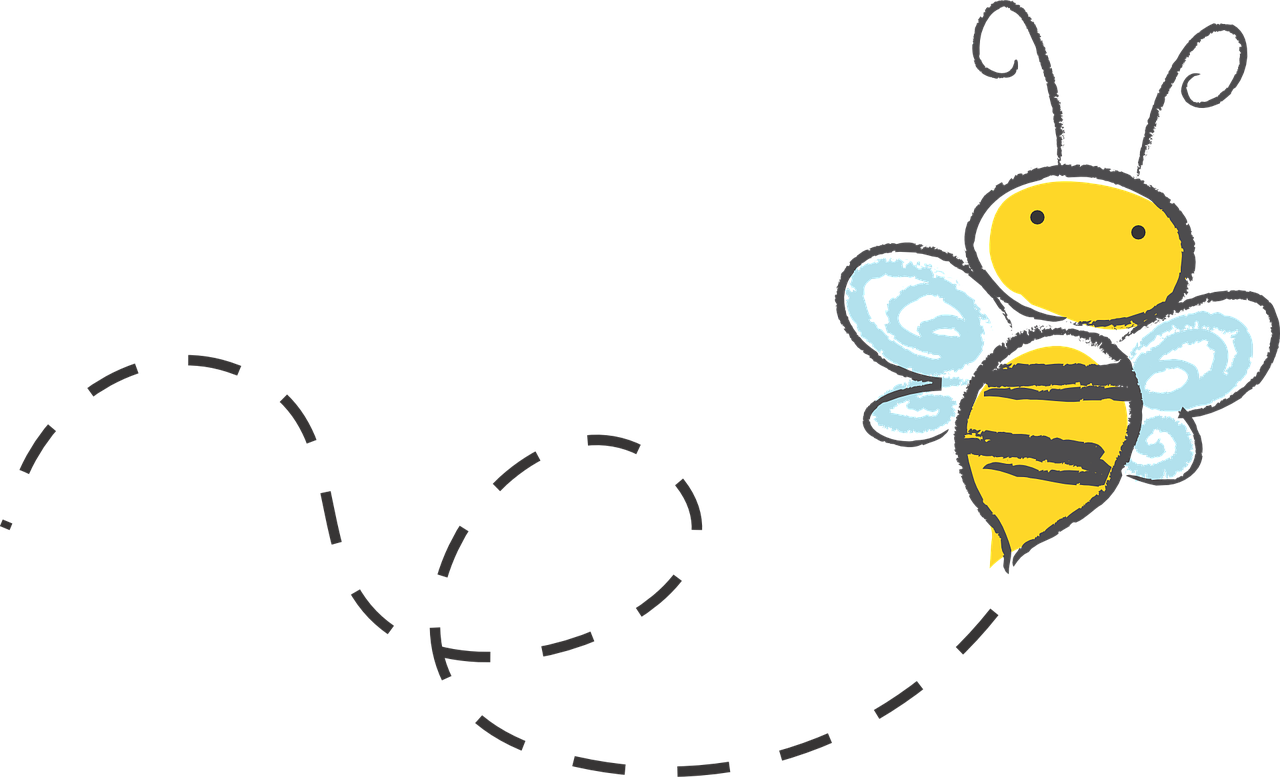
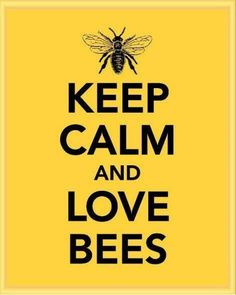

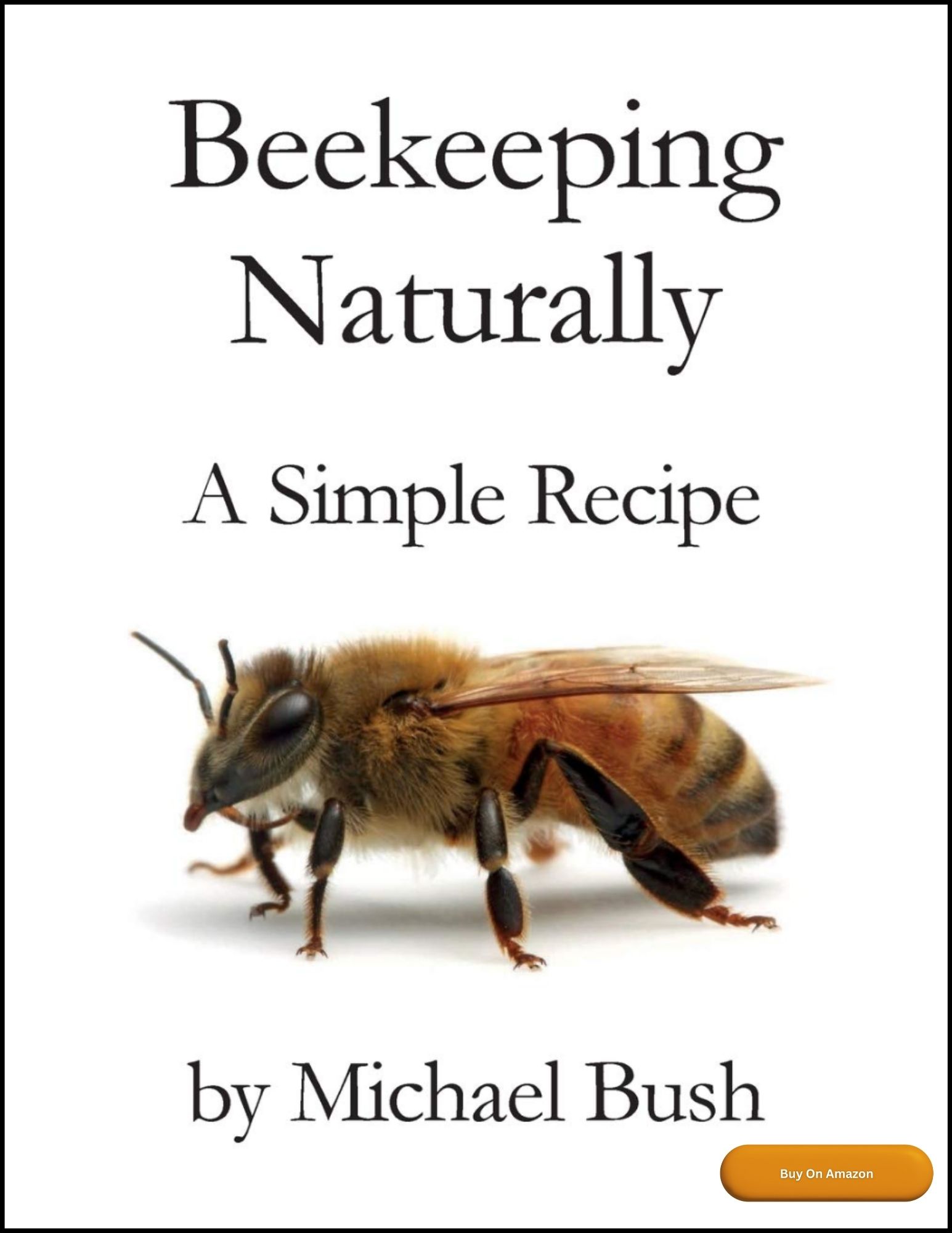
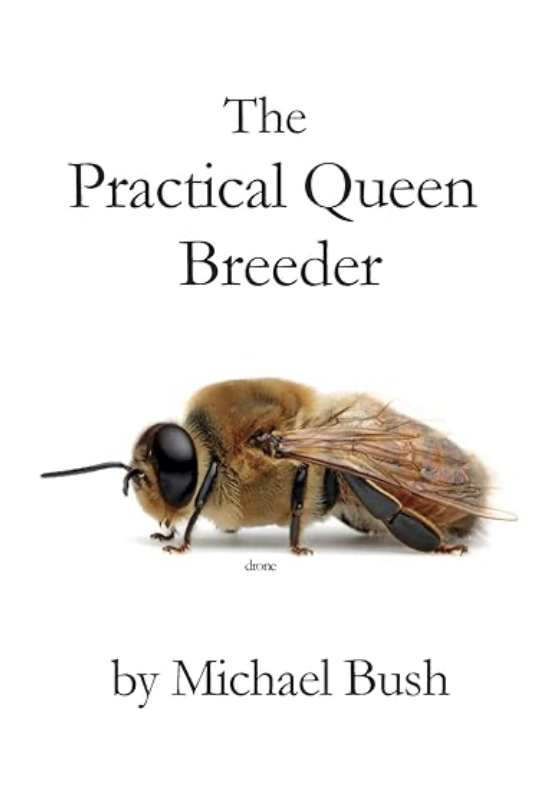
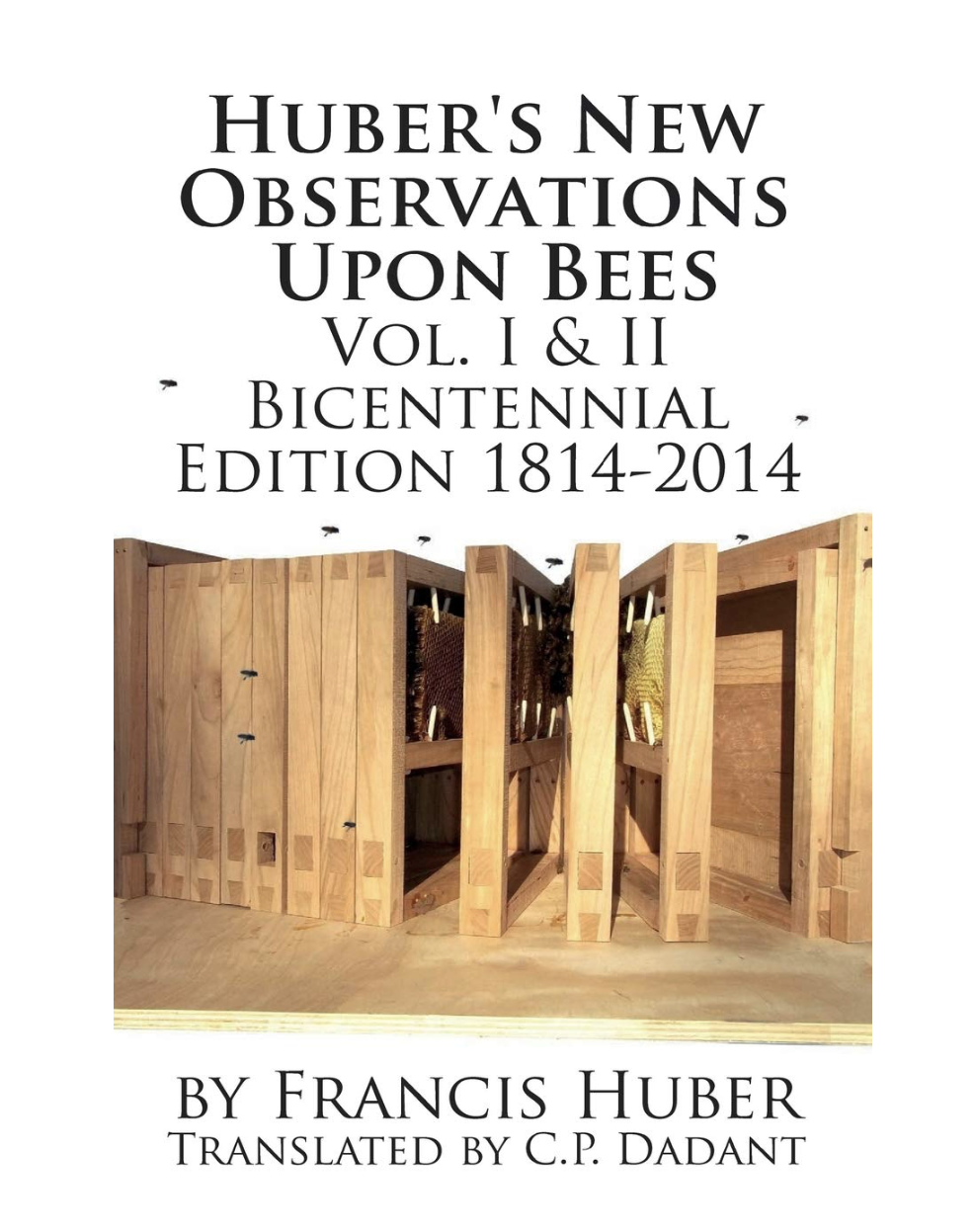
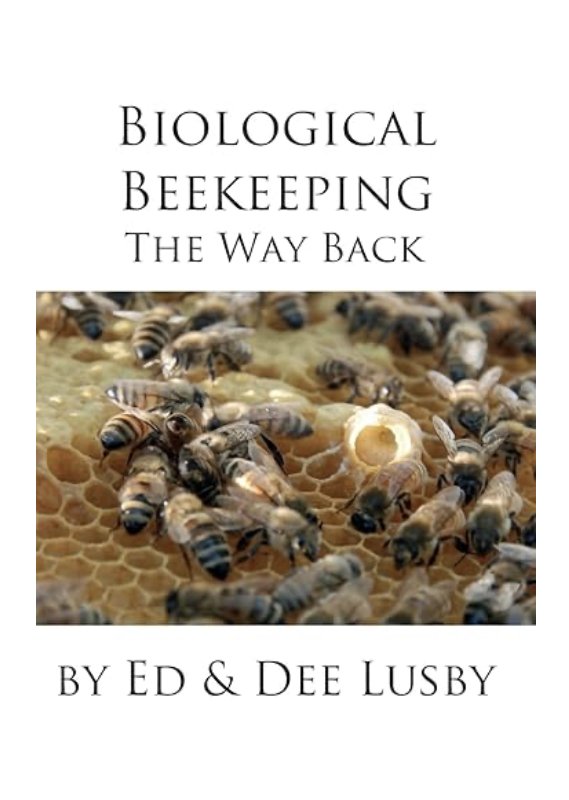

New! Comments
Have your say about what you just read! Leave me a comment in the box below.